What’s the Buzz
The Bee Healthy Blog
Why We Should Appreciate Our Pharmacists

Prescription medication plays a significant role in our healthcare system, however, the people responsible for ensuring we take our medications properly are not always given enough credit. Pharmacists are an integral part of our healthcare system, and their responsibilities have only increased as technology has advanced over time. In addition to dispensing medications and ensuring patient care and safety, pharmacists are taking on more significant roles as educators, medical counselors, and health advocates. In addition, pharmacists who meet specific requirements can administer drugs by injection, order laboratory tests, and be granted additional independent prescribing privileges[1].
What Does A Pharmacist Do?
Pharmacists must know drug interactions and watch out to ensure you don’t have a negative interaction between any medications you may be taking, by prescription or over the counter. They are also there to immediately answer any questions you may have about your medications, like side effects. Many people appreciate the opportunity to have a face-to-face interaction instead of waiting on hold over the phone, anticipating an email, or scrolling through an online database of FAQs. Pharmacists can also advise you on any health care topic, recommend over-the-counter healthcare products, encourage wellness strategies, and show in many other ways that they are dedicated to being our partner in health.
Importantly, pharmacists help their patients (this is how they refer to their customers) take their medications as prescribed. They help them understand when and how much of their prescriptions they should be taking. Sometimes, they’ll even work with their patients to reduce the cost of their medications so they can afford them, like using discount codes or pharmaceutical coupons.
In a recent survey that we conducted, we found that Americans have had to make tough choices between filling prescriptions and other essentials. Because of the COVID-19 pandemic, 1 in 4 (28%) of survey respondents reported that they have had to choose between buying food and medicine at least once over the past 6 months.
Pharmacists can also perform simple healthcare procedures like taking your blood pressure and temperature, testing your blood sugar levels, and checking your cholesterol. They can also diagnose everyday ailments like the cold, flu, aches, pains, cuts, rashes, etc. They’ll then be able to recommend the proper treatment with high-quality care or let you know if you should see a doctor.
Pharmacists can also administer your annual flu shot and other vaccines, such as the COVID-19 vaccine in most states.
Pharmacists know, when patients comply with their prescribed drug plans, they get better and stay well. Medication compliance positively impacts the pharmacists’ communities because healthier people miss less work and school and spend more on goods and services. When this occurs in more significant numbers, it helps improve the economy and lessens the burden on our healthcare system.
Education and Training
Entering the pharmacy profession requires an extensive amount of education and training. To become a licensed pharmacist in the U.S., a person needs a Doctor of Pharmacy (PharmD) degree from an institution accredited by the Accreditation Council for Pharmacy Education (ACPE). All PharmD programs require students to take postsecondary courses in chemistry, biology, and physics.
Additionally, pharmacy programs require at least 2 years of undergraduate study, most require a bachelor’s degree. Students must also take the Pharmacy College Admissions Test (PCAT).
PharmD programs take about four years to finish. Additional coursework for a degree in this field includes pharmacology and medical ethics courses. Students also complete internships in hospitals, clinics, or retail pharmacies to gain real-life experience.
Pharmacists must also take continuing education courses to keep up with the latest advances in pharmacological science.
Pharmacy Technicians
Pharmacists and pharmacy technicians work side-by-side at pharmacies, often performing very similar duties such as filling prescriptions, conversing with patients and doctors, communicating with insurance companies, and maintaining standards of cleanliness and safety. A pharmacy technician differs from a pharmacist in these three main categories:
- Education: The duration of pharmacy technician programs can range anywhere from 8 weeks to 24 months, depending on whether it is an in-house training program, a certificate program, a diploma, or an associate degree. They must then take the PTCE, which the Pharmacy Technician Certification Board administers, a national-level organization for pharmaceutical education.
- Training: Pharmacy technician programs train students in pharmacy law and ethics, HIPAA regulations, calculation of medication dosages, and administrative tasks at pharmacies. The education and training are geared toward preparing every pharmacy technician to perform safe and efficient day-to-day operations at a pharmacy, including ensuring patient confidentiality, handling prescriptions, processing insurance claims, and maintaining pharmacy records.
- Median pay: According to the U.S. Bureau of Labor Statistics (BLS), the median salary in 2020 for a pharmacy technician was $35,100 per year or $16.87 per hour. The median pay for a pharmacist per the BLS was $128,710 per year or $61.88 per hour in the same year.
Without a doubt, pharmacists and pharmacy technicians are a majorly important part of our nation’s healthcare solution. The next time you fill your prescription, remember to show gratitude to your local pharmacist!



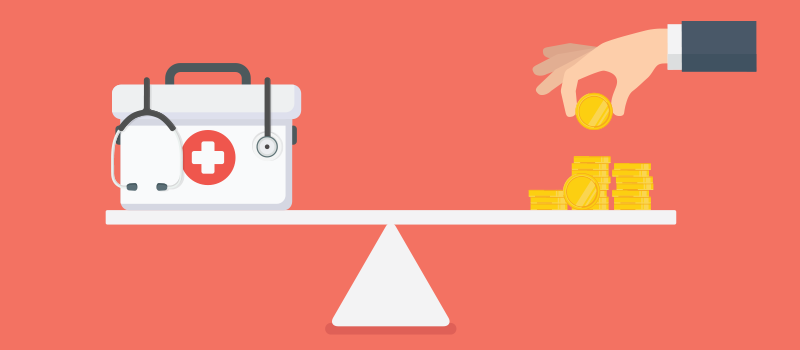
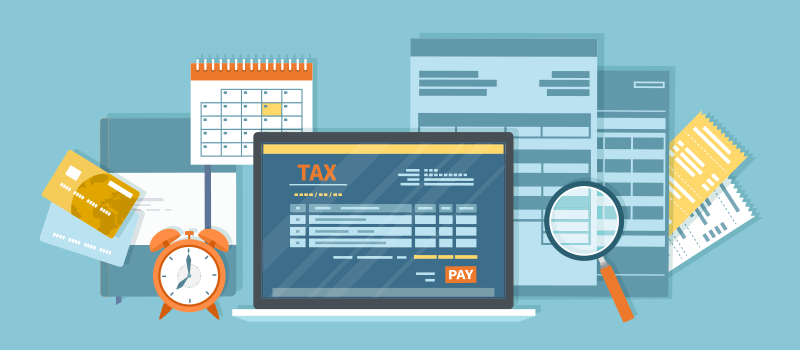
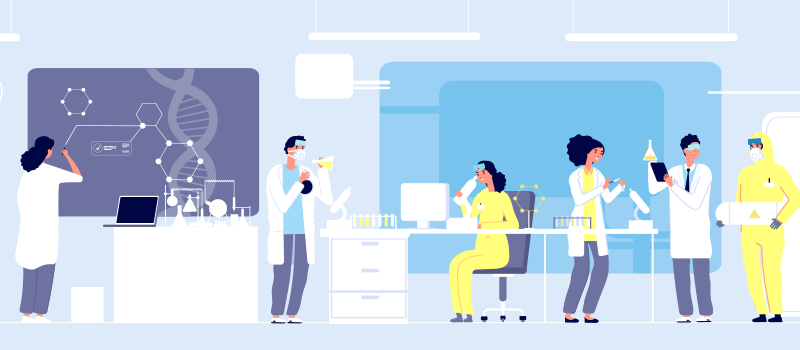


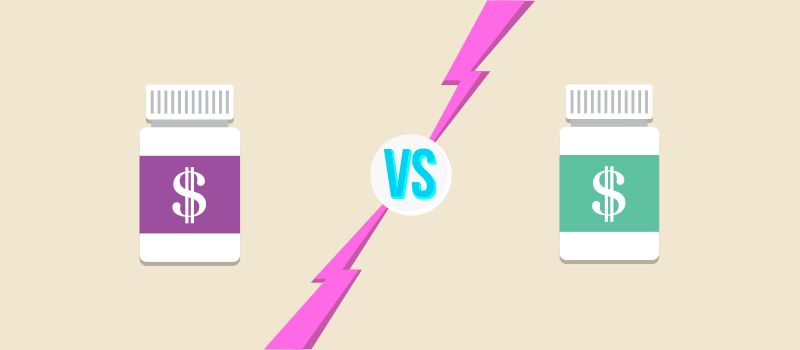

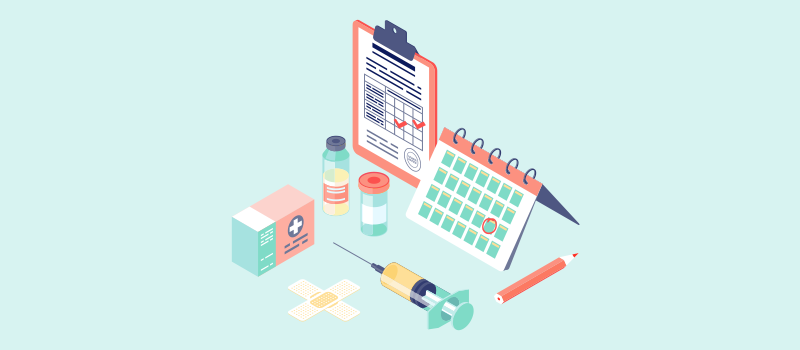
SOCIAL